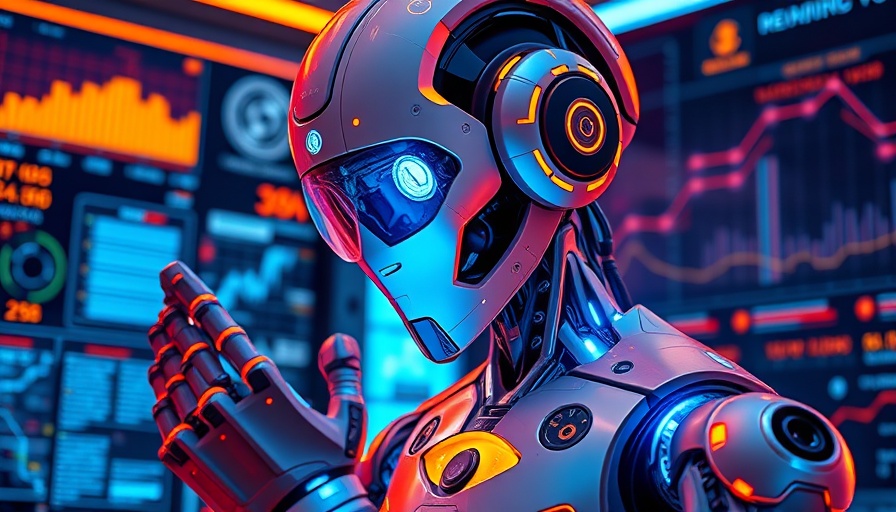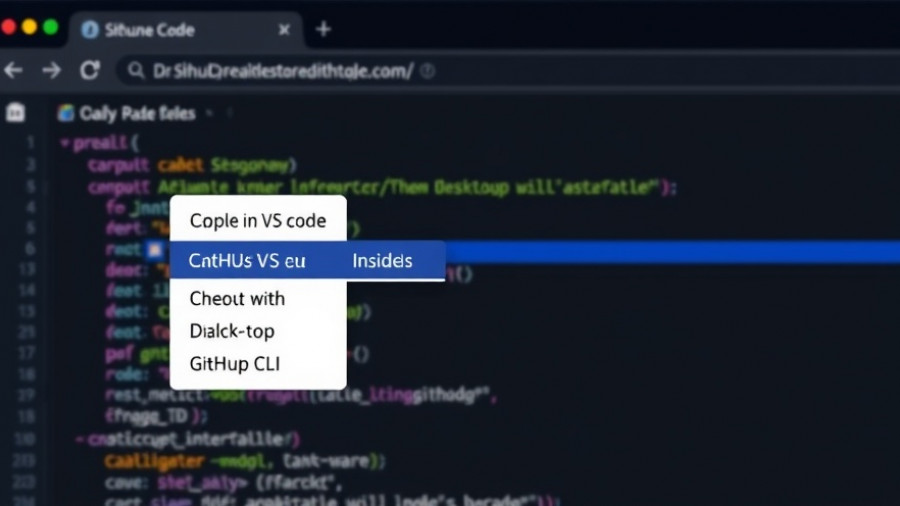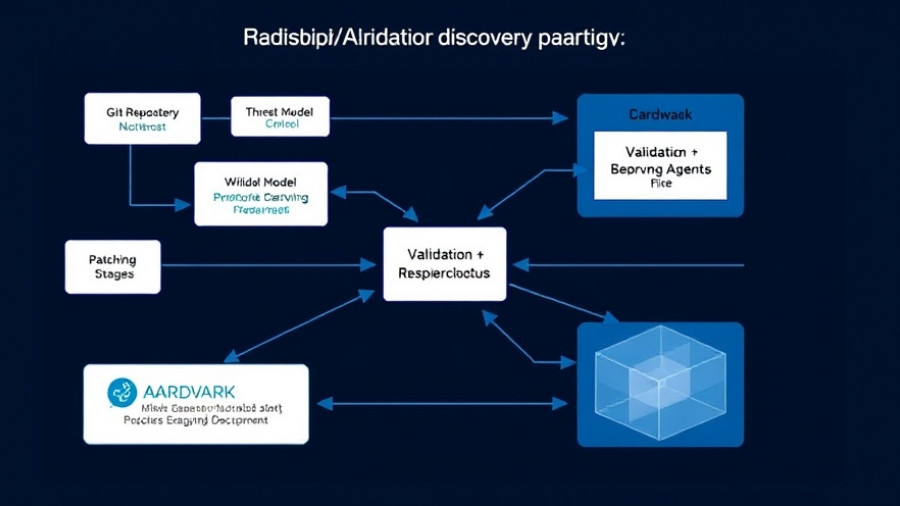
Understanding AI Agents and Their Lifeblood
AI agents are more than just buzzwords in today’s tech landscape; they are increasingly becoming essential tools for automation and efficiency in various sectors. But what exactly are these autonomous assistants, and how do they work?
An AI agent is a computer program designed to help users by performing specific tasks and responding to queries. At its core, an AI agent operates through a cycle of perception, processing, and action. It perceives inputs via sensors or APIs, processes this data using logical frameworks or machine-learning algorithms, and takes actions based on its results. This ability to make independent decisions sets AI agents apart from traditional systems, enabling them to adapt and evolve over time.
The Process of Building an AI Agent
Creating an AI agent involves several critical steps that lay the groundwork for its effectiveness and efficiency. Let’s break these down into manageable phases:
1. Define the Purpose and Environment
The first crucial step is defining what you want your AI agent to do. Will it handle customer inquiries, assist in sales, or manage complex logistics? Identifying the specific functions allows you to tailor its development accordingly. Also, consider the operational environment, which includes the software systems and databases the agent will interact with.
2. Assemble a Development Team
Even with an autonomous agent, human oversight is essential. Building an AI agent requires a diverse team of experts: machine learning engineers, data scientists, software developers, and UI/UX designers. Assembling a skilled team ensures that each aspect of the agent's development is adequately addressed.
3. Gather and Preprocess Training Data
AI agents thrive on data, and the quality of that data dictates their performance. You'll need to gather relevant datasets—these could include both internal records and external datasets, as well as user-generated content. After collecting this data, it's vital to clean and preprocess it to remove inaccuracies, which will significantly influence the learning process of your AI agent.
4. Choose Your Technology Stack
Your choice of technology will depend on the capabilities you want your AI agent to possess. Can it understand natural language? Should it interpret visual data? Various tools, such as machine learning frameworks (like TensorFlow and PyTorch) and natural language processing libraries (like Hugging Face Transformers), can be used depending on the agent's goals.
5. Design the Architecture
The architecture of your AI agent is key to its performance. A well-organized design allows for modular development, making it easier to update components without overhauling the entire system. It's also important to consider how the agent will store and recall information, which is vital for tasks requiring memory.
6. Train the AI Agent
Once your agent is designed, it’s time for training. Utilizing the prepared datasets, the AI will learn from examples, gradually becoming adept at performing designated tasks. During this phase, be mindful of overfitting and underperformance—common pitfalls that can hinder the learning process.
7. Test and Validate the Agent
Before deploying your AI agent, rigorous testing is essential. This involves checking various modules for functionality, running simulations to analyze interactions, and ensuring that the agent operates effectively in real-world scenarios. The testing phase is critical for uncovering and resolving potential issues that could affect performance.
8. Deploy and Monitor
With everything set, the next step is deployment. Integrate your AI agent into the necessary systems while implementing security protocols to ensure user data protection. Monitoring performance post-launch helps in continuously refining the agent based on real user interactions, which is crucial for long-term success.
Implications and Future Trends in AI Agents
The future of AI agents appears promising, with projections suggesting that they will drive a significant portion of operational decisions in organizations by 2028. As industries increasingly rely on AI agents to automate tasks, we also need to consider ethical implications, particularly concerning data privacy and algorithmic accountability. A proactive approach to integrating ethical considerations in AI agent development is necessary to build trust and efficiency simultaneously.
Conclusion: The Road Ahead
Building AI agents is not just an engineering challenge; it’s a strategic decision that can enhance organizational efficiency, customer engagement, and data management. As businesses continue to integrate AI solutions, having a thorough understanding of the development process will empower teams to innovate and adapt in an ever-evolving digital landscape. Embrace the potential of AI agents and position your organization to thrive in this new era.
 Add Row
Add Row  Add
Add 




Write A Comment